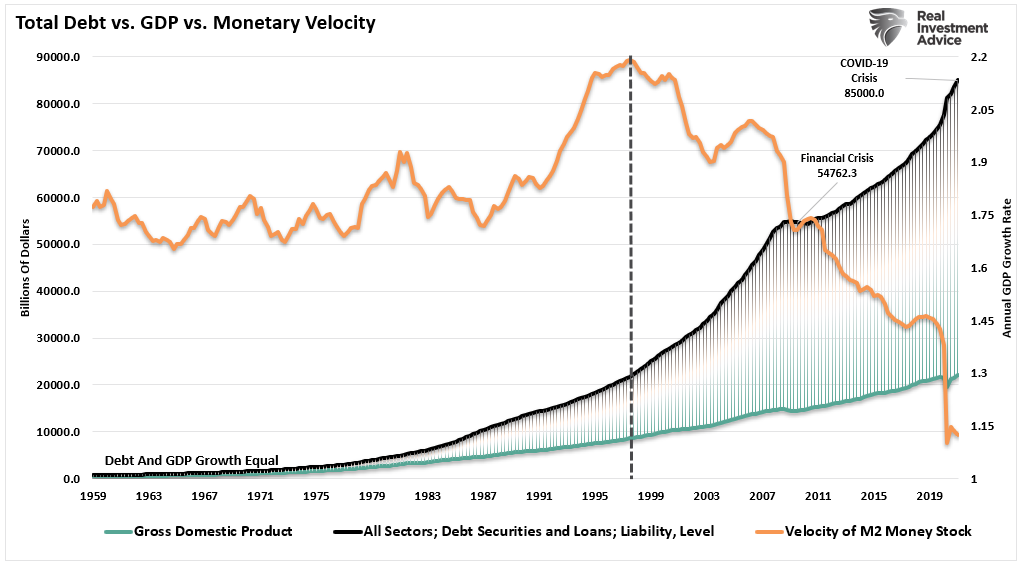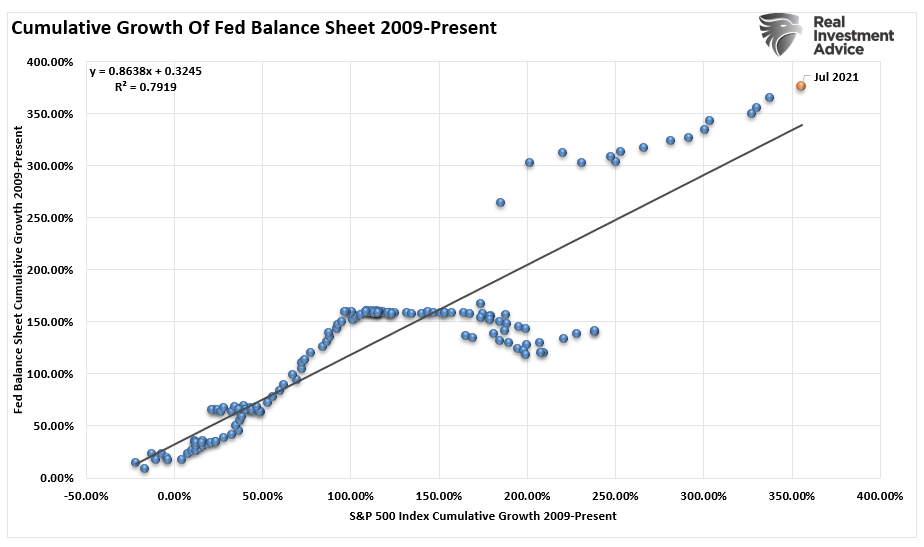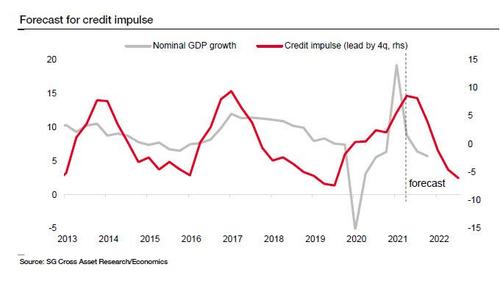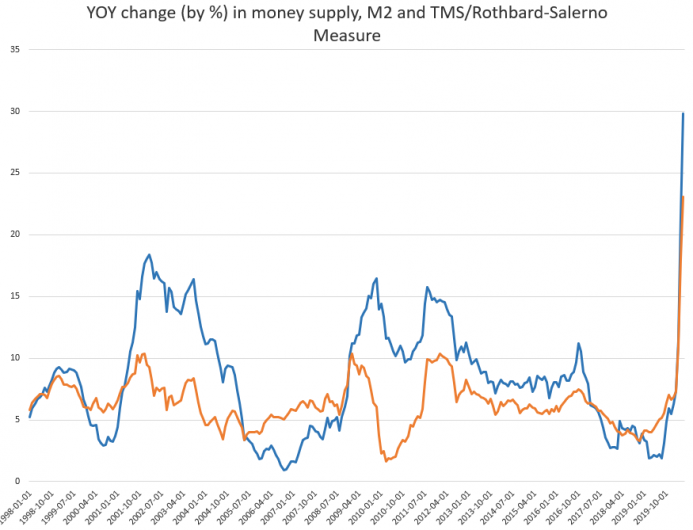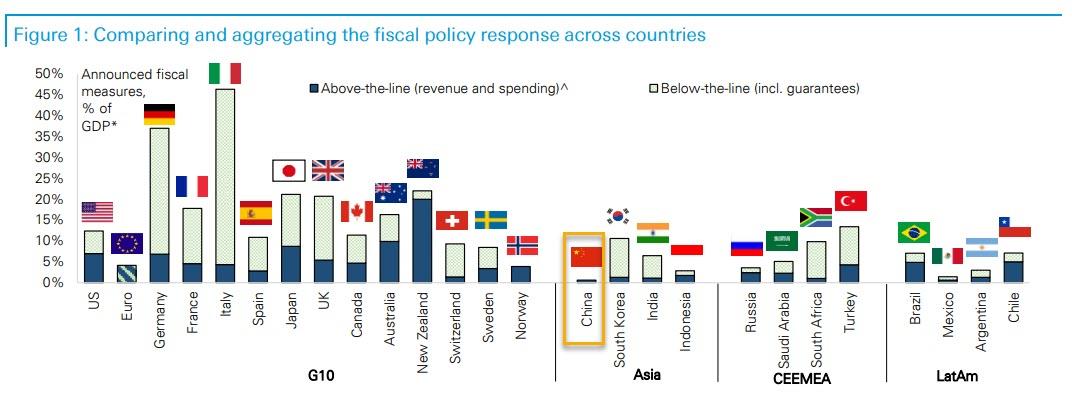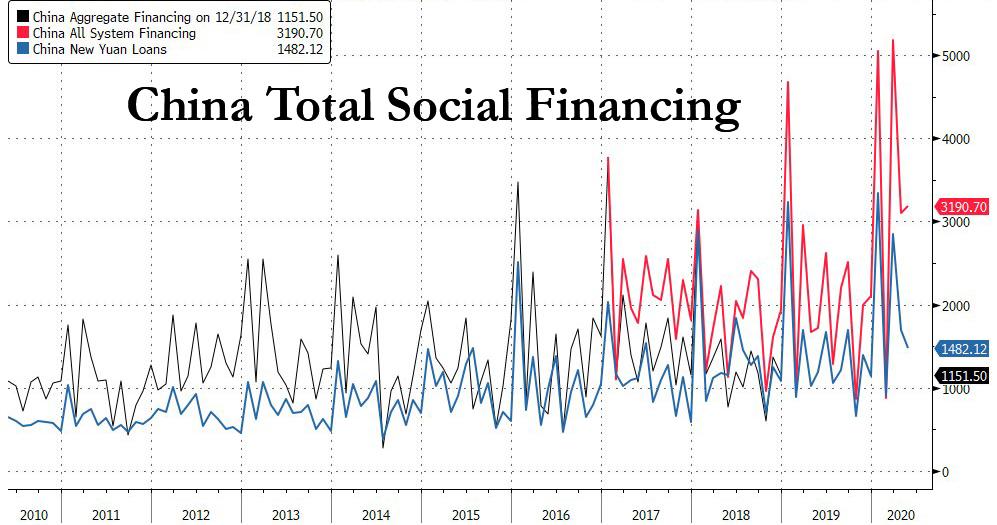
The Federal Reserve is caught between a rock and a hard place. Inflation grew by 6.8% in November, the fastest in 40 years, a trend the Fed has now acknowledged is not “transitory.” The conventional theory is that inflation is due to too much money chasing too few goods, so the Fed is under heavy pressure to “tighten” or shrink the money supply. Its conventional tools for this purpose are to reduce asset purchases and raise interest rates. But corporate debt has risen by $1.3 trillion just since early 2020; so if the Fed raises rates, a massive wave of defaults is likely to result. According to financial advisor Graham Summers in an article titled “The Fed Is About to Start Playing with Matches Next to a $30 Trillion Debt Bomb,” the stock market could collapse by as much as 50%.
Even more at risk are the small and medium-sized enterprises (SMEs) that are the backbone of the productive economy, companies that need bank credit to survive. In 2020, 200,000 more U.S. businesses closed than in normal pre-pandemic years. SMEs targeted as “nonessential” were restricted in their ability to conduct business, while the large international corporations remained open. Raising interest rates on the surviving SMEs could be the final blow.
Cut Demand or Increase Supply?
The argument for raising interest rates is that it will reduce the demand for bank credit, which is now acknowledged to be the source of most of the new money in the money supply…
…click on the above link to read the rest of the article…



